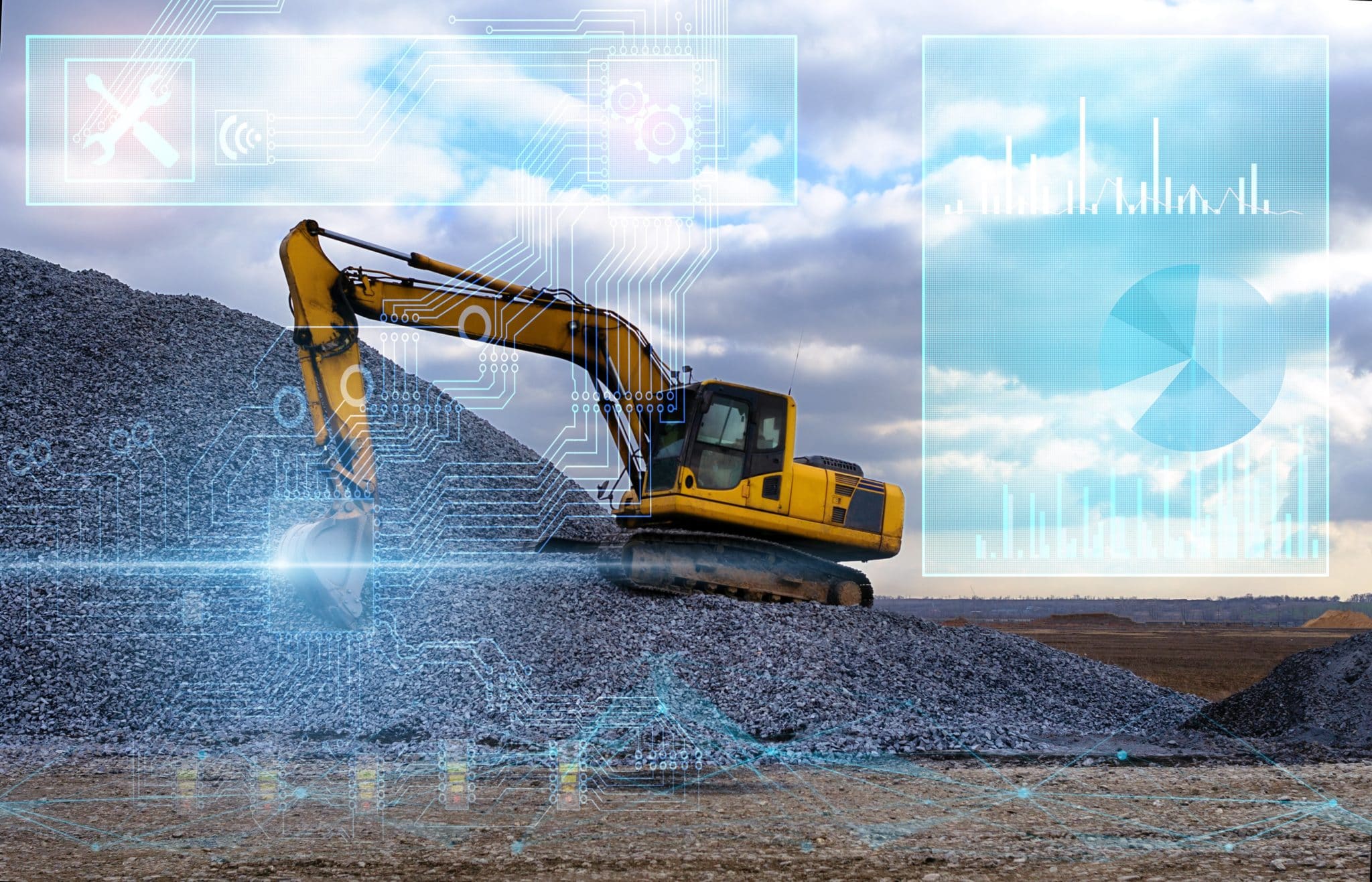Even before the COVID-19 crisis, tech was transforming the way construction companies go about their business. Whether this transformation was happening rapidly or gradually is up for debate, but there’s little doubt that change was (and is) occurring.
The pandemic will likely accelerate the tech (r)evolution as contractors look for ways to work more safely and communicate more rapidly. Here are five tech strategies to consider as we move inexorably toward a new normal:
1. Going paperless.
Creating and maintaining digital documents, rather than paper ones, facilitates remote work by making them accessible from virtually anywhere. But it also offers many other benefits — including increasing productivity; reducing errors; enhancing security; and preventing loss of data because of fires, floods and other natural disasters.
If you haven’t yet gone fully paperless, now is a good time to start looking into doing so. To avoid overloading your company’s network, consider using a cloud-based system rather than a virtual private network. Naturally, you’ll want to choose a provider with strong security and backup features.
2. Collaborating virtually.
There are a variety of tools that help project teams communicate and collaborate online rather than face-to-face — from video chat platforms to project management and document-sharing tools.
Also, expect to see the widening use of building information modeling (BIM). As you may be aware, this software uses 3-D or 4-D models to facilitate collaboration among parties and help resolve design conflicts and other issues before construction begins. BIM can also detect errors during the construction process to prevent delays and disputes.
3. Using robotic process automation (RPA).
This is a type of artificial intelligence that automates repetitive, rule-based human tasks. When executed properly, RPA can reduce labor costs and errors, freeing up people for more critical activities.
Tasks that can be performed by RPA software include invoice creation, estimate generation, document management, vendor invoice processing, and even responding to certain customer or prospect inquiries.
4. Drones.
Unmanned aerial vehicles, commonly referred to as “drones,” have been getting quite a bit of attention in construction circles for several years now. They’re increasingly being used for a variety of pertinent tasks that can facilitate social distancing — including job-progress monitoring, site surveys, inspections, security, and even transporting materials and tools.
5. Construction robotics.
Robotics can perform certain tasks on a jobsite, such as building walls, operating equipment or vehicles, and keeping track of projects and providing security using video or still-frame cameras. If your construction company (like many) is controlling expenses tightly right now, you probably don’t want to invest in robots. But keep this tech in mind long-term.
© 2020


